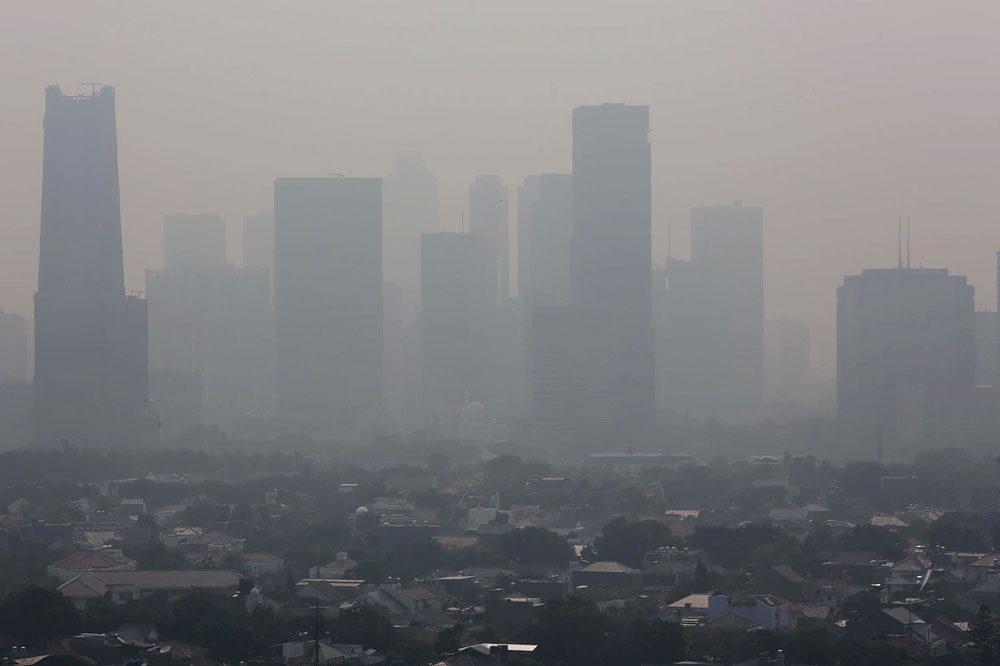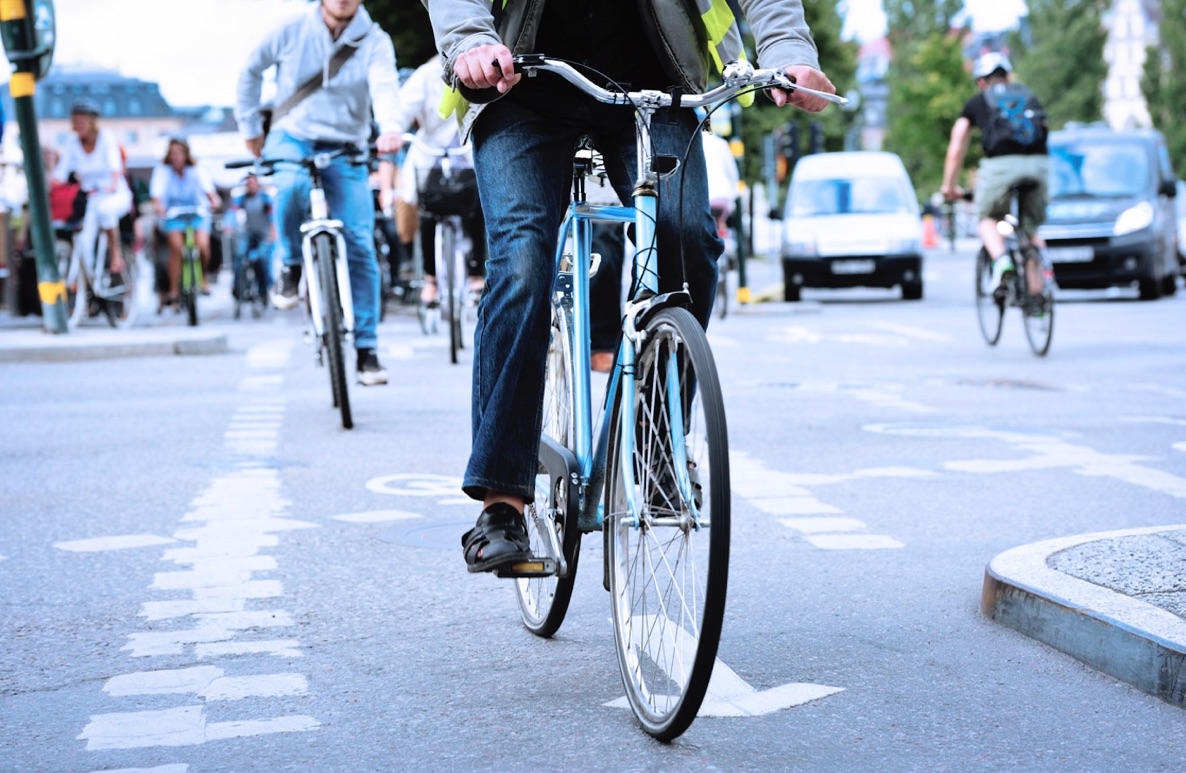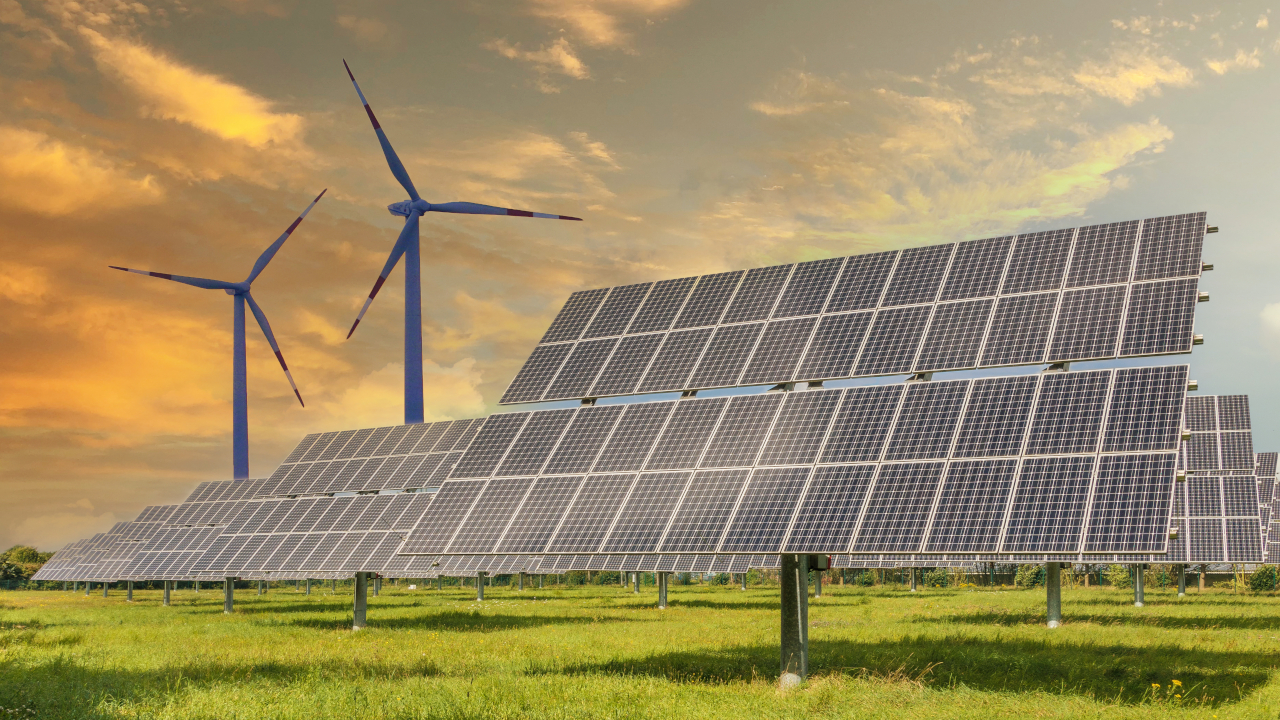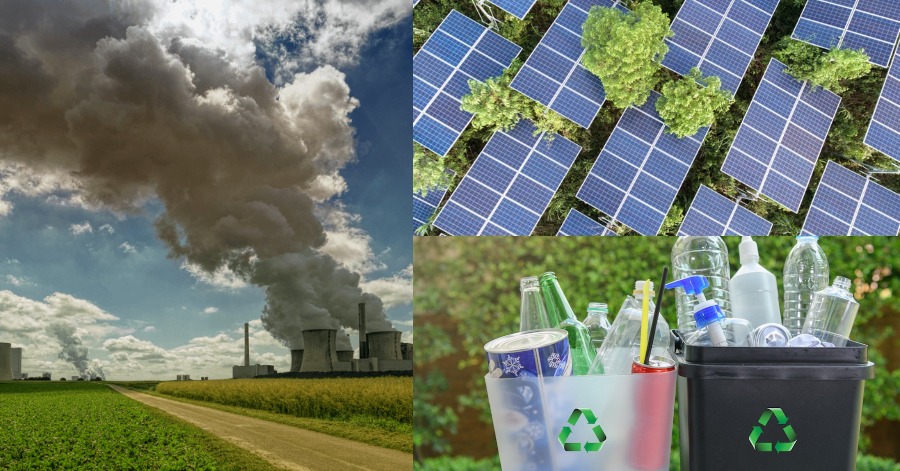For a long time, many of us have been concerned about energy conservation, and that’s with good reason. Whether we use gas, electricity, or petrol to power our vehicles, it is costly and has a negative impact on the environment. And we’re probably all familiar with the term “carbon footprint”.
Carbon footprint is basically the total amount of greenhouse gases, such as carbon dioxide, emitted into the atmosphere as a result of an individual’s, organization’s, or community’s activity.

There are many ways you can help the environment and reduce your carbon footprint. Small changes can add up, whether at home, at work, at school, or when traveling. To summarise, you should lower your carbon footprint by reducing the amount of energy you consume, eating fewer animal products, shopping locally, traveling smartly, and reducing your waste.
Here are five simple things you can deal with carbon footprint today!
1. Apply the 5R’s

Going zero waste is a huge step in the right direction when it comes to tackling climate change. The 5 R’s of zero waste can be beneficial. The three R’s: Reduce, Reuse, and Recycle are certainly familiar to you, but there are two more to add to the list; Refuse and Rot. So let’s break it down.
Firstly, Refuse. Say no to single-use plastics and paper products and choose for reusables instead. Next is Reduce. Reduce the amount of stuff you buy and focus on what you really need. We often spend a lot of money on items we don’t actually need, and it all ends up in the trash. Thirdly is Reuse. Always try to keep an item out of the landfill by keeping it in good shape, fixing it, or upcycling it if it breaks. Then we have Rot. Set up a compost system for your food scraps, or look for a food scrap drop-off location near you such as a farmers market or community garden. Last but not least Recycle. Research your state’s recycling rules to properly recycle any plastic, paper, glass, or metal that you cannot refuse, reduce, or reuse.
2. Drive less

Traditional automobiles emit a large number of emissions, which pollutes the atmosphere. Because the tailpipes are at street level, persons can breathe the air directly into their lungs, the chemicals emitted by automobiles are also particularly detrimental to human health. To reduce your carbon footprint, try driving less and instead riding a bike or bicycle. Riding a bike or bicycle requires you to rely on your own muscle strength. You not only live a healthier lifestyle, but you also help the environment. Carpooling or taking public transportation are other options. The environment will be safer in general if there are fewer cars on the road.
3. Conserve water

It’s critical to cut down on your water usage. We can’t produce any more water since there’s just so much of it on our planet. Here are some ways you can implement to conserve water and protect waterways.
Leaving the tap running while brushing our teeth is the most common way we waste water. Turn off the water while brushing your teeth. Turn it on only when you need to rinse your mouth: don’t leave it on all the time. Also, take shorter showers. We spend more time showering and only end up wasting water. Sometimes, to get rid of items, we flush them down the toilet thinking it is an easier option. If you must know, up to 5 or 7 liters of water can be wasted in a single flush. Also, flushing harmful items can further pollute our water supply. The same goes for the toxic dishes or body soaps. Dish and body soaps typically contain substances that wash down the drain and contaminate our water source. Instead, try switching to eco-friendly and all-natural soap.
4. Mind your diet

The food you eat and where you get them can have a big impact on your overall carbon footprint. The more energy-intensive your food is to make and ship, the worse it is for the environment. Animal products are much more intense than human products since they demand more water and resources. Get more plant-based foods instead. Making plant-based foods the majority of your plate is both healthier and better for the environment. You may also try seasonal eating. It entails eating locally, which is beneficial to the environment. You won’t have to worry about how far your food travels to get to you if you support local farms. It does not need to sit in traffic for days, emitting exhaust gases into the atmosphere. It reaches you swiftly and without harming the environment.
5. Switch to sustainable energy

The majority of our energy comes from fossil fuels. These fuels are used to heat our houses, power our cars, and generate electricity. However, fossil fuels are scarce and finite resources, and even transporting them can pollute the air. When fossil fuels are burned, pollutants are released, hastening climate change. So, what other options do you have? Today, there are remarkable ways to obtain energy. By converting to renewable energy now, you can help reduce our dependency on fossil fuels.
The most common source of renewable energy is solar and wind but there is also water and geothermal power. Here are some ways you can cut down on fossil fuel.
- Install solar panels-The most expensive choice, but one that is worthwhile. You may collect energy from the sun by installing a solar roof. As a result, solar electricity is used to power everything in your home.
- Cut down on electricity use altogether-Using less electricity is always the best option, regardless of what you chose to do. When not in use, turn off lights and electrical equipment.
- Buy an electric car-Consider purchasing a hybrid vehicle instead of a regular vehicle when it comes time to purchase a new vehicle. They are environmentally friendly and create less pollution. You also save a lot of money on gas.
Sources:Going Zero Waste, The Nature Conservancy, Project Solar UK, Future Learn









Leave a Comment